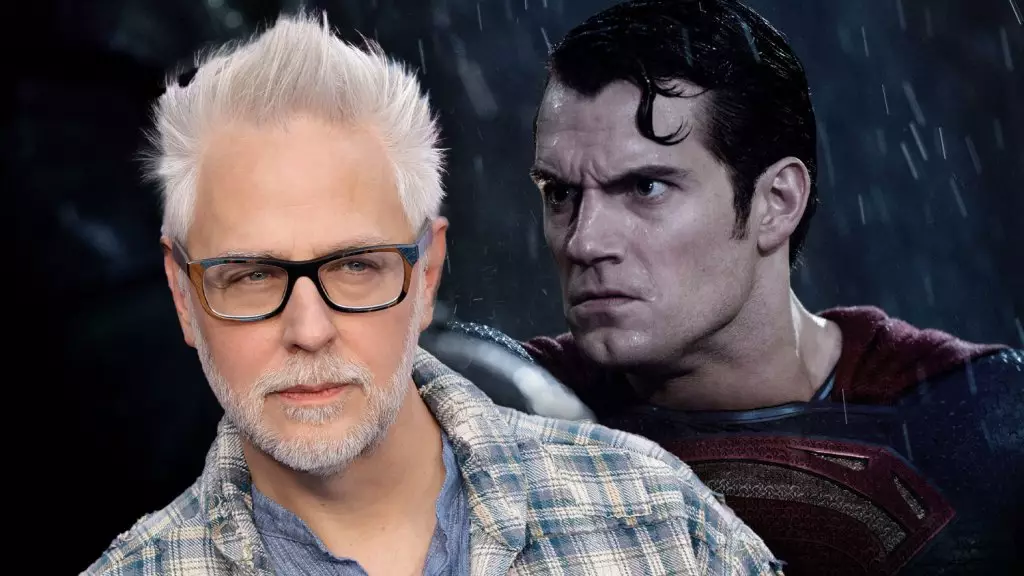The departure of Henry Cavill from the Superman franchise marks a significant pivot in DC’s cinematic universe. While fans have become accustomed to Cavill’s portrayal of Clark Kent, the shift to a new actor, David Corenswet, signals an intentional reinvention that aims to breathe fresh life into the iconic hero. It’s a bold move that reflects a willingness to evolve, but it also raises questions about loyalty to legacy versus the need for contemporary storytelling.
Cavill’s tenure, although relatively brief in the grand timeline of Superman’s history, left a lasting impression. His portrayal embodied a modern interpretation—balancing the classic heroism with a nuanced vulnerability that resonated with audiences. Yet, the decision to pivot signifies a recognition that the character must constantly adapt to remain relevant. In this context, the choice to introduce Corenswet is less about erasing the past and more about forging a new narrative path.
This transition exemplifies a broader industry trend: beloved actors are being replaced not because of lack of talent, but as part of strategic storytelling updates. While some fans may feel a sense of loss, it is undeniable that such shifts can rejuvenate the franchise, allowing new interpretations to flourish. The challenge lies in respecting the cultural significance of the original while daring to innovate.
The Human Side of Hollywood Changes: Respect and Preservation of Legacy
What stands out amidst these shifting gears is the manner in which the transition was handled. James Gunn’s recounting of how Cavill was notified reveals a commendable level of respect and professionalism. The actor’s gracious response, asking only to control the timing of his announcement, underscores a rare decency in an industry often criticized for its ruthless overhaul.
Gunn’s honesty about Cavill’s professionalism and their respectful conversation adds a human dimension to what otherwise might seem like cold casting decisions. This approach not only preserves Cavill’s dignity but also sets a precedent that the industry can handle change with integrity. It’s easy to forget that these are real individuals whose careers and identities are intertwined with these roles.
Furthermore, the possibility of Cavill returning in some capacity hints at a strategic, respectful approach to legacy characters. It recognizes that fans remain emotionally invested in those portrayals, and that crossovers or cameo appearances could serve as bridges between eras. The respect shown here might set a new standard for how studios manage transitions—more empathetically and thoughtfully.
The Future of Superman: Balancing Innovation with Reverence
Corenswet’s debut signifies an exciting chapter, but it also underscores a fundamental truth about superhero franchises: they are about more than just the actors; they are cultural icons rooted in decades of storytelling. The challenge for DC Studios now is to honor Cavill’s contributions while boldly crafting a future that entices both new viewers and loyal fans.
Gunn’s openness to working with Cavill again suggests a layered, flexible strategy—one that values legacy but refuses to be bound by it. It’s a testament to a broader industry shift: evolving franchises without abandoning their foundational elements. This delicate balance demands innovation without disrespect, creating a legacy that honors the past even as it propels into the future.
In the end, the saga of Superman under Gunn’s new vision epitomizes an industry in flux: one that must continually reconcile tradition with transformation. For fans and creators alike, this period presents a captivating opportunity to redefine what the hero represents—both on screen and in the cultural consciousness.
